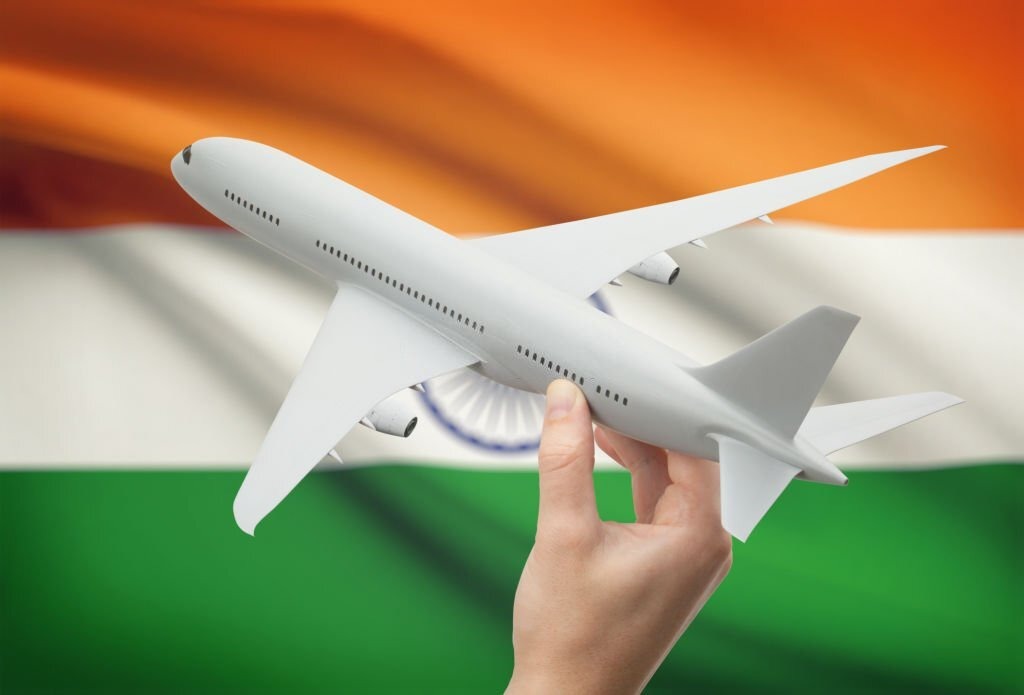Brief History of Indian Civil Aviation
October 28,2025

Indian civil aviation has a storied history, starting in the early 20th century and evolving into one of the world’s largest and fastest-growing aviation markets today.
A comprehensive overview of its journey.
Early Milestones first recorded civil aviation flight in India took place on February 18, 1911. French pilot Henri Pequet flew a Humber biplane carrying mail from Allahabad to Naini, marking the world’s first official airmail service. Airports in Calcutta, Allahabad, and Bombay were constructed in the 1920s, and the Department of Civil Aviation was established in 1927 under British rule, laying the foundation for later expansion.
The Tata Legacy and the Birth of Commercial Airlines
J.R.D. Tata, widely regarded as the Father of Indian civil aviation, achieved a historic feat in 1932 by flying India’s first commercial airmail flight between Karachi and Bombay. This venture gradually evolved into Tata Airlines, which was renamed Air India in 1946 and became India’s flag carrier. By Independence in 1947, there were nine airlines operating in India, reflecting the sector’s rapid early growth.
Nationalization and Growth
March 1953 marked a turning point when the Parliament passed the Air Corporations Act, leading to the nationalization and merger of India’s airlines into two state-owned entities—Air India International for international routes and Indian Airlines for domestic flights. Throughout the 1950s and 1960s, these airlines modernized their fleets, introduced jet aircraft, and connected India to the world. Air India became the first Asian airline to operate jet aircraft and began international services in 1948..
Liberalization and Expansion.
Significant change came in the early 1990s, as the government liberalized aviation policy to allow private operators. This move led to the emergence of carriers such as Jet Airways, Air Sahara, and Damania Airways, transforming the landscape from state monopoly to a vibrant competitive market. The introduction of the ‘Air Taxi’ scheme further boosted private participation.
Recent Developments.
In the 21st century, the sector has experienced explosive growth, with passenger numbers and fleet sizes soaring. Private airlines now dominate domestic routes, and government policy continues to evolve to support infrastructure, security, and modernization. Initiatives like the UDAN regional connectivity scheme aim to make flying accessible to the masses, while safety agencies like the Bureau of Civil Aviation Security were established in response to accidents, such as Air India Flight 182.
Key Contributions and Social Impact.
Indian aviation has created millions of jobs and enabled tourism, business, and cultural exchange. India’s first female pilot, Durba Banerjee, joined Indian Airlines in 1956, marking strides in gender inclusivity. Technological advancement has been integral, including the development of Hindustan Aeronautics Limited and indigenous aircraft production. Conclusion.
From a pioneering airmail flight in 1911 to a diverse aviation ecosystem in 2025, Indian civil aviation has played a crucial role in national development and global integration. Visionary leaders, robust institutions, and an innovative spirit have propelled this industry into the modern era…